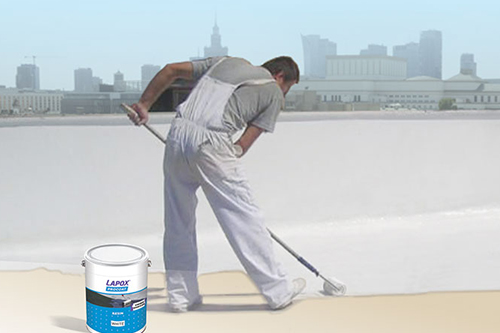

Floor Hardener And Waterproofing
Waterproofing is the process of making an object or structure waterproof or water-resistant so that it remains relatively unaffected by water or resisting the ingress of water under specified conditions.Permeation of water vapour through a material or structure is reported as a moisture vapor transmission rate (MVTR).
Floor hardener is a particle form composition made in size graded specifications to be used by mixing with cement & grit/stone chips mixture to give extra hardness to the concrete floor without affecting cement chemistry.
In Vdf constructions Floor hardeners are generally used for the purpose of hardening the upper matrix of Portland cement concrete surface, reducing the suction of liquids into the surface pores and preventing possible chemical attack.
Using float shoes, break the surface of the slab open and apply 2/3 of the desired amount of the shake hardener. Once the shake hardener has fully darkened due to the absorption of moisture, continue to floating process to work the shake hardener into the surface.
Remove contaminants by washing the floor thoroughly and allow to dry completely. Apply two coats of Concrete Hardener at the rate of 1 litre per 4m2 per coat, allowing the first coat to dry for 4-6 hours before applying the second. Apply with a mop, hair broom or squeegee. Clean down equipment with water.
After you stain your concrete floor with the color of your choice, you should apply a concrete sealer. A glossy sealer creates a shiny surface, and an acrylic wax adds an additional protective coat.
At Vdf Constructions Waterproofing a foundation from the outside typically involves using polymers and membranes to coat the exterior of the walls, installing a trench drain underground, or a combination of both methods. When done properly, exterior drainage is generally considered to be the most effective way to waterproof a basement.
Start applying the membrane with a paint brush starting from the corners where silicon is applied make sure we pay extra attention to make 100 % coverage as this is the most critical area. ... Then take a roller brush and simply apply the waterproofing on all the walls and floor.
Silicone sealant is the best waterproofing material and it is the choice of those who are looking for a nuanced answer. The silicone sealant is an adhesive liquid form. Typically, it looks like a gel. It has a different chemical structure than other organic polymer based adhesives.
There are many types of waterproofing materials. Some of the best and most common include; Polyurethane, Cementitious Coating, EPDM Rubber, Rubberized Asphalt, Thermoplastic, Bituminous Membrane, and PVC Waterproofing Membrane.
